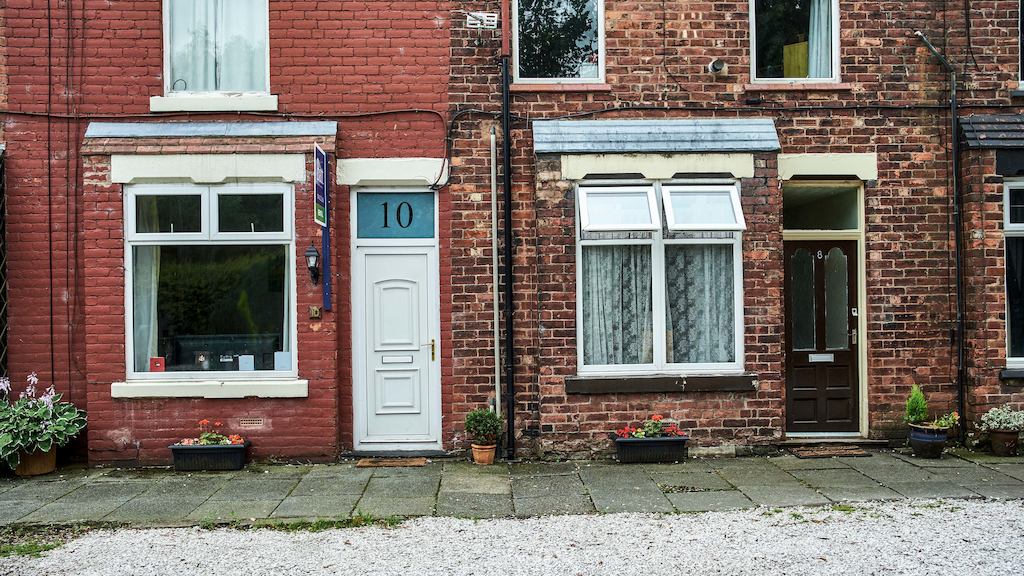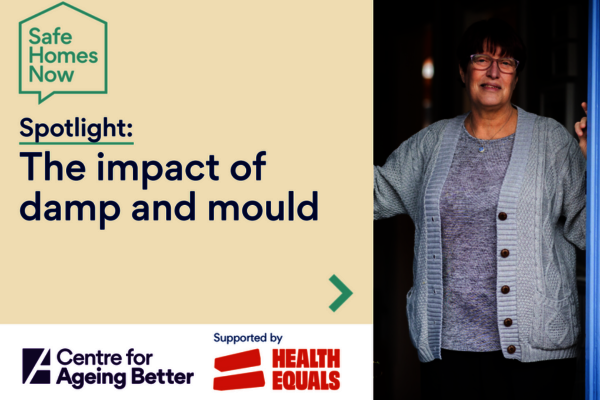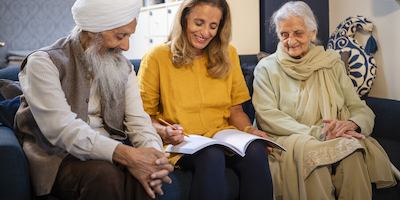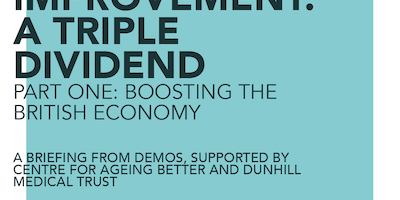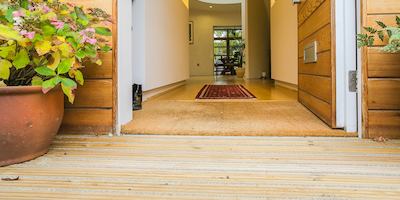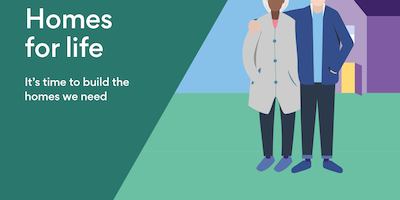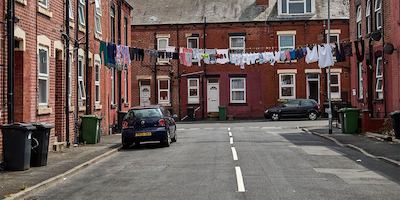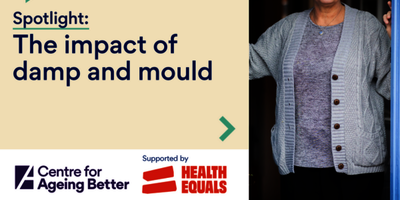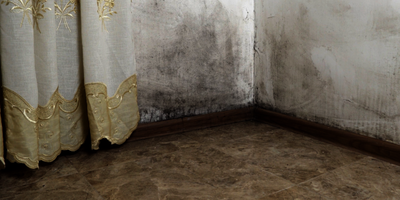With 1.5 million new homes scheduled to be built before 2030, it is imperative that they are built to higher accessibility and adaptability standards to meet the needs of the population.
3. Almost one in three people living in unsafe homes are aged 55 or over
Around 3.5 million homes in England (14%) are defined as non-decent, meaning 7.5 million people live in homes that put their health and wellbeing at risk. Non-decent homes are those with hazards or which pose an immediate threat to someone’s health, that are not in a reasonable state of repair, are lacking modern facilities, or are not effectively insulated or heated.
Older people are some of the most affected by poor quality homes. Older people account for 2.3 million of the 7.5 million people living in cold, damp, and unsafe homes. The link between homes and health is often overlooked in government policy but we cannot hope to raise levels of health in this country without improving quality of housing.
Unsafe homes can have a serious impact on people’s physical health and mental wellbeing, leading to further strain placed on public services such as health and social care. Reducing the demand on healthcare services through preventive measures, including home adaptations, is crucial to managing waiting lists and improving public health, whilst saving public money.
We could save the NHS nearly £600 million per year by removing the most serious risks to people’s health and safety in the country’s poorest quality homes where the household is aged 55 or over.
4. Older people can be up to six times less likely to find an accessible home that meets their needs in some parts of the country compared to others
Finding an accessible home is currently a postcode lottery. Homes in London are more than twice as likely (17%) to have all four minimum accessibility features that allow them to be visited by a Disabled person than in the West Midlands, where fewer than one in ten (8%) homes have these features.
This impacts older people significantly, with older people living in the North East or the East Midlands are six times less likely to be living in a fully accessible home compared to people in London. In the North East or East Midlands, only one in 25 homes (4%) headed by someone aged between 55 and 64 have all four accessibility features.
The standards of decency for homes are also influenced by location. The State of Ageing reveals shocking data about the decency of homes owned by people aged 55 and over. In the East Midlands, more than one in five 21%) owner-occupiers in this age group live in homes that do not meet decency standards, double the proportion seen in London (10%).
The population age profile varies considerably according to where people live – the lowest median age of 31 is seen in Manchester while the highest median age of 56 is seen in North Norfolk – a gap of 25 years. But the older population may not be distributed evenly within local authorities, so even younger places may have neighbourhoods with a high percentage of older people – for example, the percentage of people aged 50 and over ranges from 7% to 33% in different wards of Manchester.
